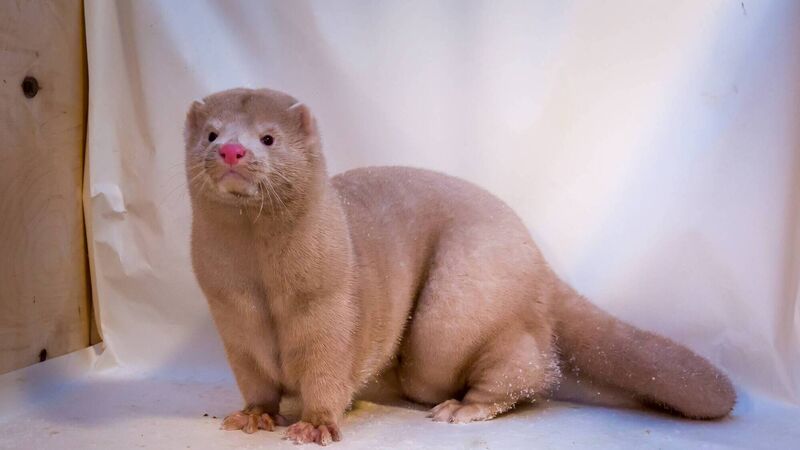There remains, in some quiet corners of Ireland, vestiges of a culture long ago pushed beyond the margins of what society regarded as acceptable.
Local historians can point to pits once used for badger baiting, cockfighting, or dogfighting.
It may be naive to imagine these barbarisms extinct but they persist only in social and moral backwaters and have been illegal since the 1976 Wildlife Act was enacted.
Another step in reshaping our relationship with animals was reached when the Government announced plans to ban fur farming within a year.
More than 120,000 mink are farmed each year at Ireland’s three fur farms, though mink farming is banned in at least 14 EU states.
That farmed mink were implicated in spreading coronavirus finally made this decision unavoidable.
Every effort must be made, too, to dispose of the captive population in a way that ensures that the wild, invasive, and utterly destructive mink population is not augmented.
Fur farming and all its unattractive consequences exist to satisfy the whims of fashion so it is, ironically, subject to the ever-changing attitudes to animal exploitation.
This ban is welcome but whether it reflects the kind of shift informing British legislation that will ban the live export of meat animals is, for the moment at least, an open question.
The impact of a ban on fur farming and live exports are of an entirely different scale but the principles involved are the same.
CONNECT WITH US TODAY
Be the first to know the latest news and updates













